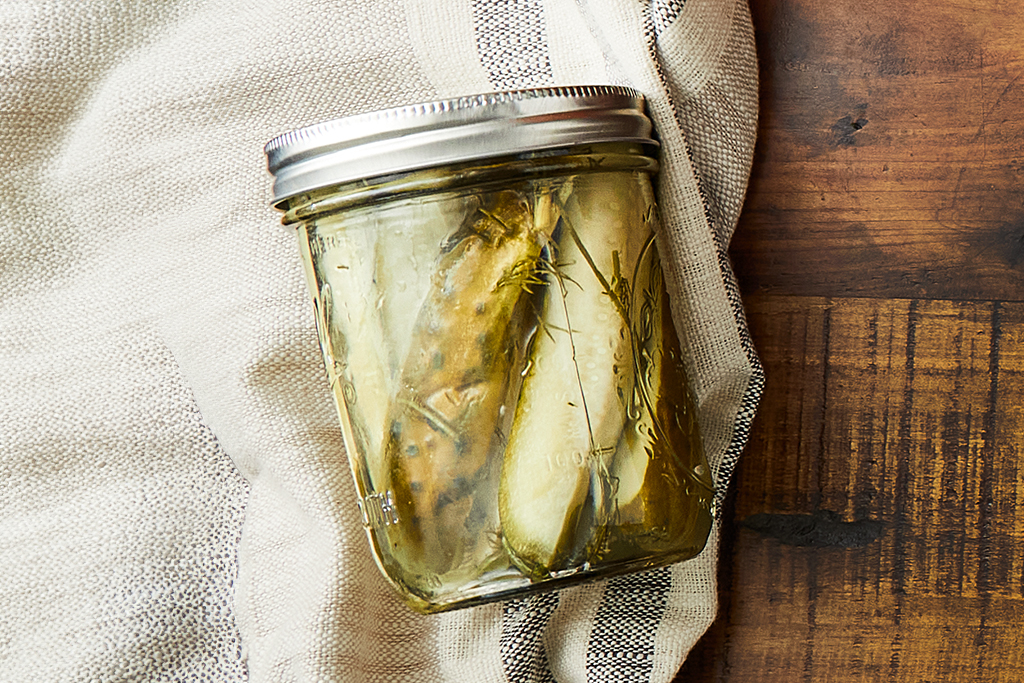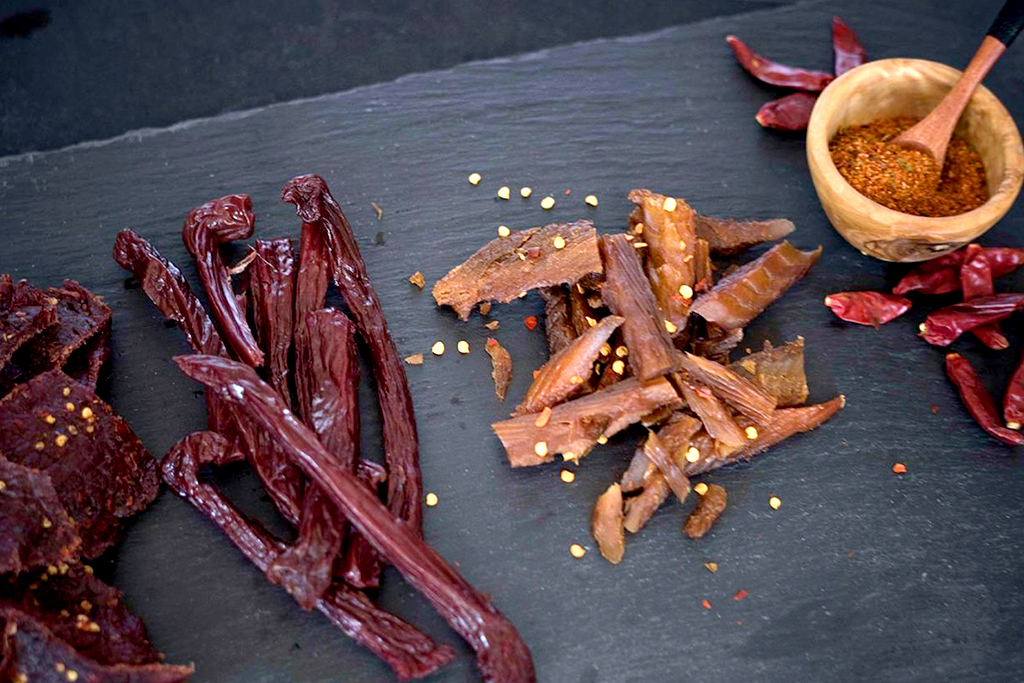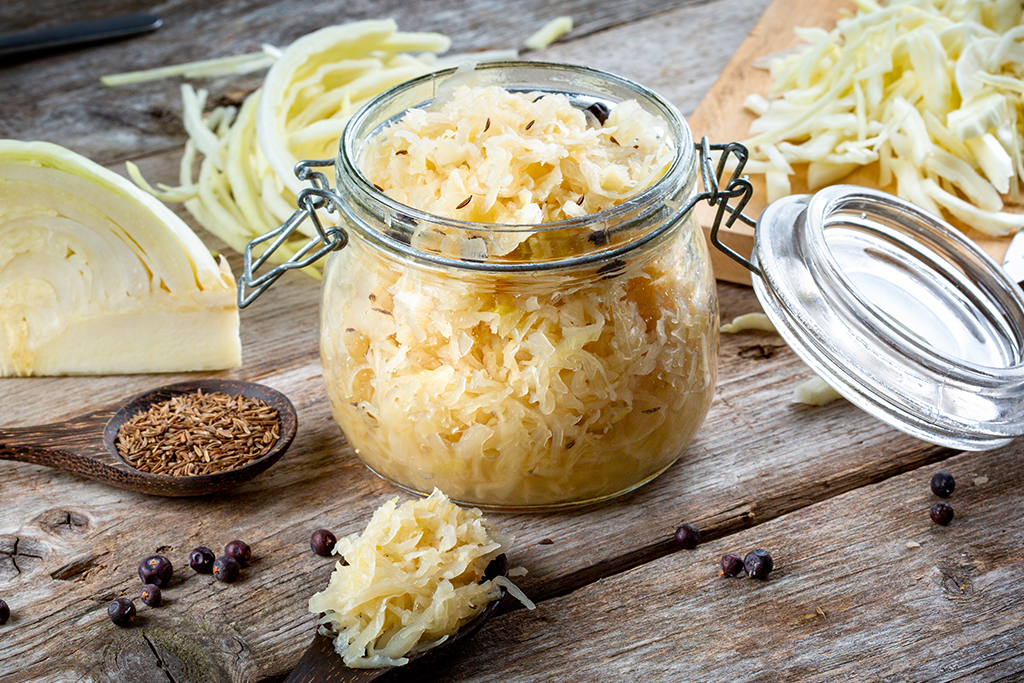How to Preserve Food: The Ultimate Guide
It’s easy to take for granted all the conveniences of modern life. Air conditioning keeps our homes cool, stoves provide heat on demand, and refrigerators make it so we don’t have to think too much about our food going bad — that is until we have to search for the cause of an off smell every so often. But for millennia, these simple conveniences were a major concern of human survival. People throughout history created innovative ways to preserve produce to combat food uncertainty.
Today, more and more people are discovering the hidden genius of some of these techniques and want to learn how to preserve food for themselves. Here, we break down some of the popular ways to preserve food, from pickling to fermenting, salting to smoking, that will connect you with the past and offer unique flavors your whole family will enjoy.

The Pickling Process
At its core, pickling is the process of preserving foods by immersing them in a solution, usually vinegar or brine. The acidic environment it creates is inhospitable to bacteria, ensuring the longevity of the submerged produce.
Pickles, however, are not just limited to the cucumber. From the spicy, fermented kimchi of Korea to the sweet, pickled beets of Europe, cultures worldwide have their favorite pickled delicacies. The beauty of pickling is in its adaptability: one can experiment with various spices, herbs, and vegetables, crafting a jar full of memories and flavors.
The Simplicity of Salting
Salting as a preservation method has long been a staple in various cultures, from the salt cod of Portugal to the dried herring of Scandinavia. Salting works by drawing out the water from food, making it difficult for microbes to survive. Salted foods might require desalination (soaking or boiling to remove excess salt) before consumption, but the intensity of flavor they pack is unparalleled.

Smoking: A Texan Heritage
There’s a reason why some of the most famous barbecue restaurants in Texas can trace their roots back to German butchers operating at the turn of the 20th century. Before refrigeration came to our hot state, the best way to keep meat fresh was to smoke it. This preserving technique is how Texas’ most famous and beloved barbecue meats are prepared today. But you can still smoke meats for preservation purposes, from making your own sausage to preparing beef jerky.

Other Preservation Techniques
Beyond pickling, smoking, and salting, there are myriad methods humans have developed to keep their food from spoiling. Fermentation, the process behind delicacies like sauerkraut and yogurt, transforms the chemical composition of food, creating environments where harmful bacteria can’t thrive. Curing employs salt, sugar, or nitrates to draw moisture out of foods, primarily meats, making them less hospitable to bacteria.
There are other reasons to reengage with many of these historical preserving practices. In a world increasingly aware of sustainability, these methods offer a nod to zero-waste living. Instead of letting seasonal produce go to waste, we can preserve them, relishing their flavors long after their season has passed.
Inspired to give produce preserving a try? Bring back the past with these canning recipes.
© 2023 Texas Farm Bureau Insurance



